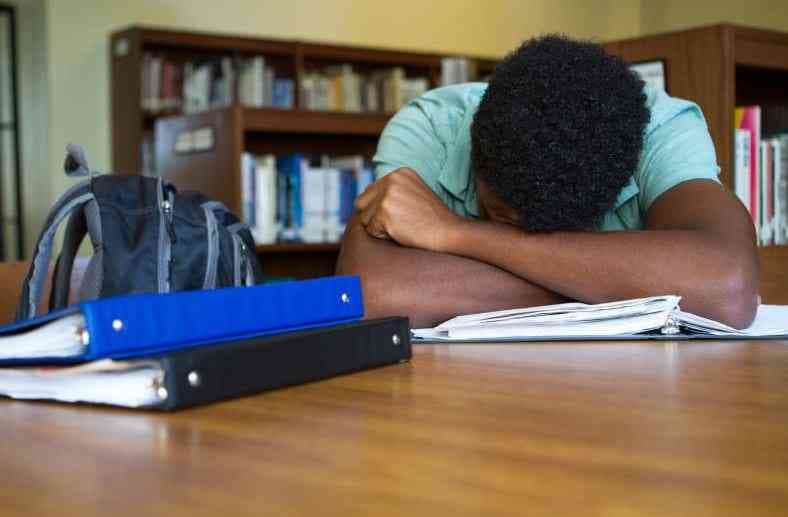We're loading the full news article for you. This includes the article content, images, author information, and related articles.
o sustain the progress toward Universal Basic Education, Kenya must couple access policies with targeted interventions that address poverty, climate stress, and social pressures—ensuring quality, equity, and retention for every child.

In 2020, when schools reopened after a seven‑month COVID‑19 closure, the Ministry of Education reported that nearly 200,000 pupils did not return—a clear sign that learning disruptions disproportionately affected the most vulnerable families.
According to a 2024 analysis, over 200,000 students who enrolled in Form One in 2020 failed to sit for the KCSE exam in 2024—representing a quarter of that cohort.
UNESCO forecasts that 35% of secondary learners may still fail to complete upper secondary by 2030, despite improvements from around 48% completion in 2015 to over 70% today.
Multiple studies attribute school exits to:
Poverty forcing adolescents into work (especially boys in ASAL regions) or early marriage/pregnancy (girls)
Drought impacts: In Kajiado, 99% of dropouts between Sept–Oct 2022 were linked to drought–driven chores—fetching water, herding livestock, or seeking food.
Girls’ specific challenges: menstrual health issues, caretaking duties, and pregnancy push many out of school.
Girls from low-income households are particularly vulnerable, experiencing disproportionate dropouts due to early pregnancies and domestic care roles.
Boys also face obstacles: socio-cultural expectations (e.g. herding), labor, and academic disengagement. A recent 2024 KCSE cohort saw slightly fewer boys than girls sitting for exams, signaling rising male attrition.
Despite improved primary-to-secondary transitions (~91% in 2020), retention remains a challenge—only 70% nationwide make it through to Form Four.
KIPPRA data show survival from Class One to Form Four is below 20%, with only 1.7% of students going on to university.
Rural and marginalized schools suffer from high pupil-teacher ratios (e.g., 77:1 in Turkana), poor facilities, and weak CBR implementation—exacerbating dropout risk.
Educators report overcrowding and limited resources, leading to disengagement, especially among low-achieving boys. ()
Tracking interventions: UN agencies and the government have launched campaigns to re-enroll out-of-school children.
Support in ASALs: CARE in Kajiado provided school meals and water access to retain students during droughts.
Policy initiatives: Advocacy is underway for vocational pathways and targeted support for low-performers, especially boys. ()
|
Challenge |
Current Evidence |
Proposed Response |
|---|---|---|
|
Economic-driven dropouts |
Nearly 200,000 primary & 200,000+ secondary leavers from 2020 cohort |
Strengthen social safety nets, school feeding, drought aid |
|
Gender disparities |
Girls drop due to pregnancy/menstruation; boys due to labor/neglect |
Provide menstrual support, flexible educational/vocational tracks |
|
Weak retention systems |
Only ~20% progress from Grade 1 to Form 4 |
Invest in rural infrastructure, reduce teacher-student ratio |
|
Under-resourced schools |
77:1 ratio in regions like Turkana; low CBR execution |
Train/deploy more teachers, supply learning materials |
Kenya’s gains in enrollment post–COVID hide a deeper crisis: rising dropout rates adversely affect both primary and secondary levels, with economic stress, drought, gender inequities, and school resource gaps driving students away—especially the poorest girls and boys. To sustain the progress toward Universal Basic Education, Kenya must couple access policies with targeted interventions that address poverty, climate stress, and social pressures—ensuring quality, equity, and retention for every child.
Keep the conversation in one place—threads here stay linked to the story and in the forums.
Other hot threads
E-sports and Gaming Community in Kenya
Active 7 months ago
Popular Recreational Activities Across Counties
Active 7 months ago
The Role of Technology in Modern Agriculture (AgriTech)
Active 7 months ago
Investing in Youth Sports Development Programs
Active 7 months ago